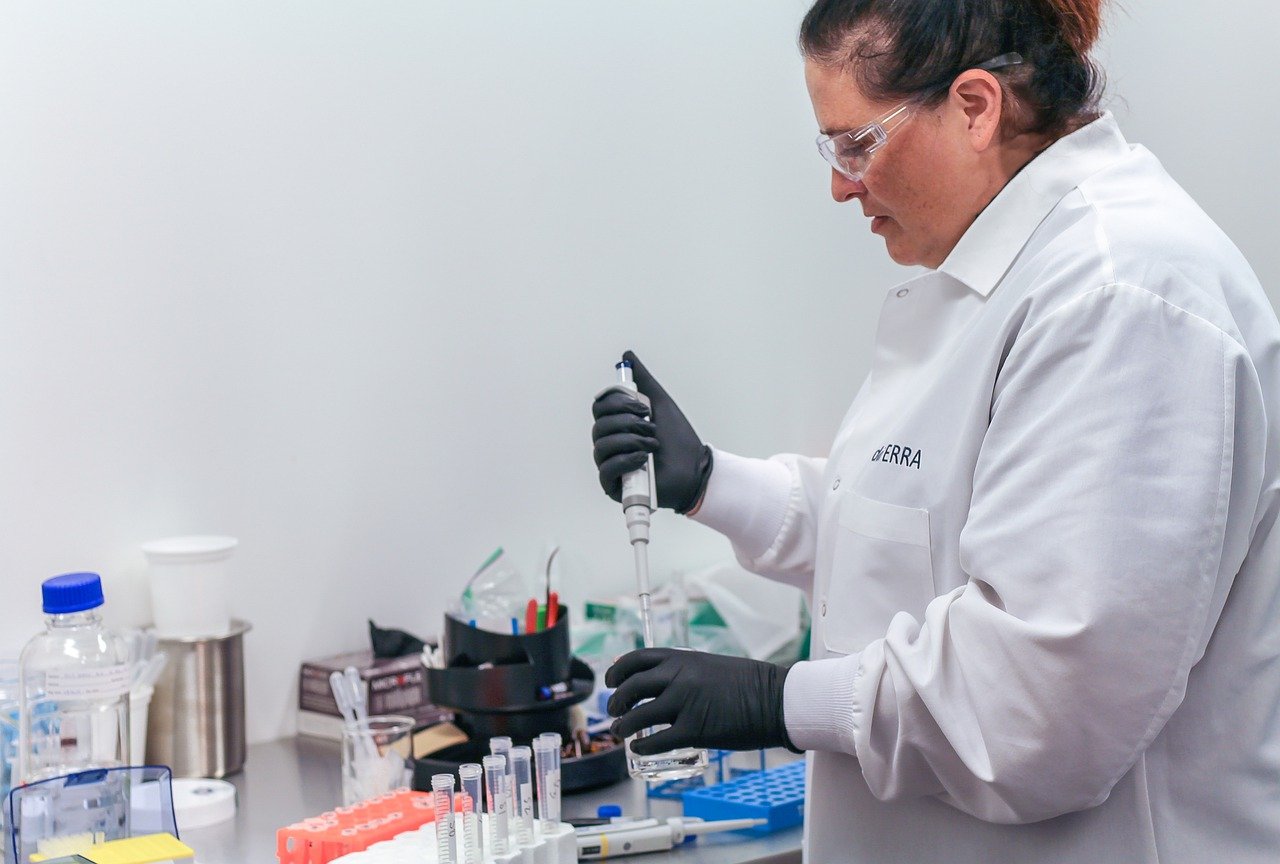By Mili Jayadeep | Science Editor
The immune system defends itself against threats such as pathogens and even cancer. Immunity can be described as either innate or adaptive. Innate immunity is not specific to these external invaders or threats. On the other hand, adaptive immunity is a specific response as the body recognises the invader. Many cancer treatments use immunotherapy drugs, which are typically aimed at harnessing the bodyÔÇÖs adaptive immune response.
┬áA new study conducted by a group of international scientists at the University of Pennsylvania School of Dental Medicine led by Dr. George Hajishengallis who is a Professor in the Department of Microbiology and co-senior author of this study. Their results show that a compound taken from fungus known as ╬▓-glucan can be used to ÔÇÿtrainÔÇÖ the innate immune system to target cancer. Their findings based on animal models have been published in the journal, Cell. Hajishengallis says,
“The focus in immunotherapy is placed on adaptive immunity, like checkpoint inhibitors inhibit the interaction between cancer cells and T cells. The innate immune cells, or myeloid cells, have not been considered so important. Yet our work suggests the myeloid cells can play a critical role in regulating tumor behavior.”
Previous work by Hajishengallis revealed the innate immune system stored memory within the bone marrow, specifically in the haematopoetic stem cells which are essentially precursors to myeloid cells. The researchers focused their work on understanding the process by which this happens. However, Hajishengallis explains,
“The fact that ╬▓-glucan helps you fight tumors doesn’t necessarily mean it was through trained immunity.”
 They investigated this mechanism further by experimenting on mouse models. They used β-glucan-exposed neutrophils taken from the mice primed to have innate immunity, which were grown in combination with tumour cells. They observed reduced tumour growth in the mice that had the innate immunity-primed cells.
┬áTo supplement their research, they did bone marrow transplants on mice to support their hypothesis. One group of mice with eradicated bone marrow by means of radiation were transplanted bone marrow from the ÔÇÿtrainedÔÇÖ mice. A second group received bone marrow transplants from ÔÇÿuntrainedÔÇÖ mice. The results confirmed that the innate immunity training shows potential. The mice that received the transplanted bone marrow from the trained mice had a better prognosis with their tumour growth compared to the other group. This was owing to the precursor compounds from the neutrophils in the bone marrow of the trained mice. It seemed that the neutrophils had a cancer-killing quality. The senior co-author and collaborator of Hajishengallis explains,
“This is innate immune memory at work.”
┬áThe scientists offer the explanation to this phenomenon as owing to the trained neutrophils being able to release a greater amount of reactive oxygen species(ROS). Due to ROSÔÇÖs ability to kill cells, it can be beneficial in fighting cancer as it is able to kill tumour cells.
 When the team focussed their investigation on the myeloid precursors from the bone marrow of trained animals, they also found differences in gene expression. This meant that these cells were more likely to make neutrophils responsible for anti-tumour processes. These neutrophils were a specific type known as tumour associated neutrophils type I (TAN1).
 Innate immunity led to several changes which aided fight cancerous cells. Epigenetic changes resultant of this also occurred in the bone marrow precursor cells. This caused activation of certain genes and used a particular signalling cascade known as the Type I interferon pathway involved in innate immune training regulation. Furthermore, mice who missed the receptor for Type I interferon pathway lacked the ability to make these trained neutrophils. Hajishengallis confirms,
“This is a breakthrough concept that can be therapeutically exploited for cancer immunotherapy in humans, specifically by transferring neutrophils from ╬▓-glucan-trained donors to cancer patients who would be recipients.”
Although ╬▓-glucan is already involved in cancer immunotherapy, the teamÔÇÖs finding creates more possibilities for new cancer therapeutic mechanisms. This approach for the first time links the processes resultant of ╬▓-glucan activity to trained immunity. However as with most scientific study, further research is required before trained innate immunity can be fully utilised in treatments against cancer.








Add Comment